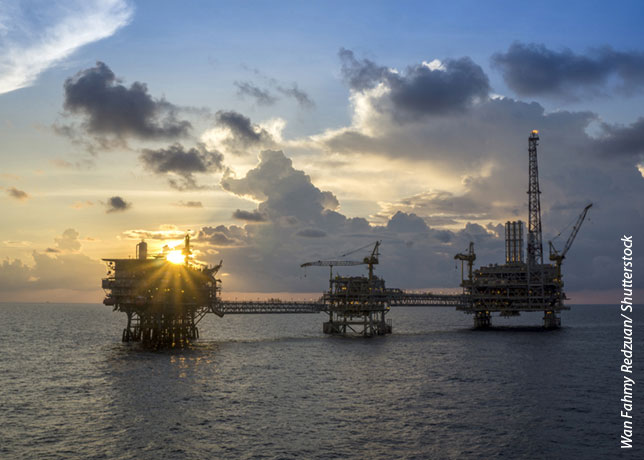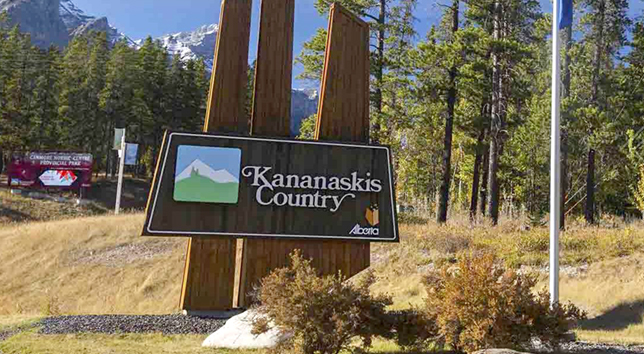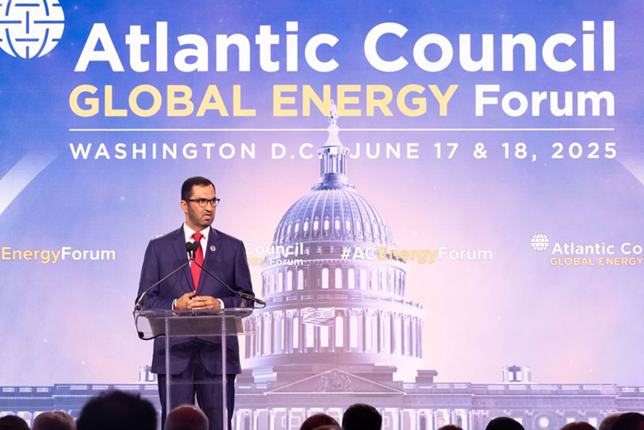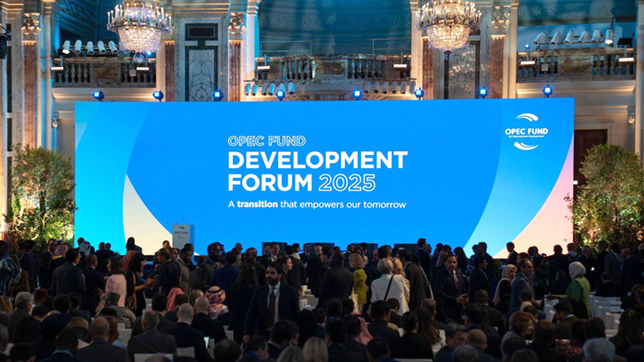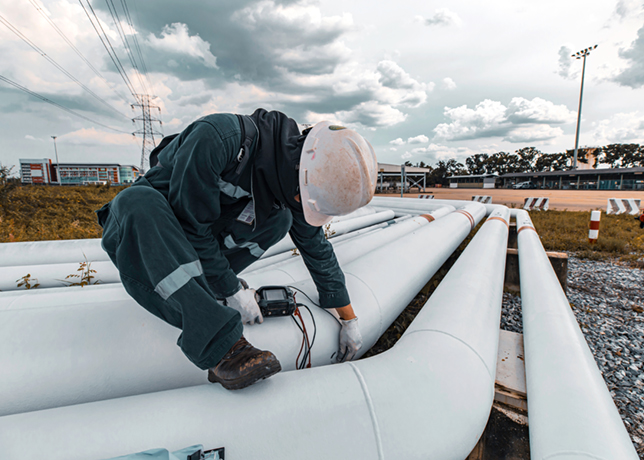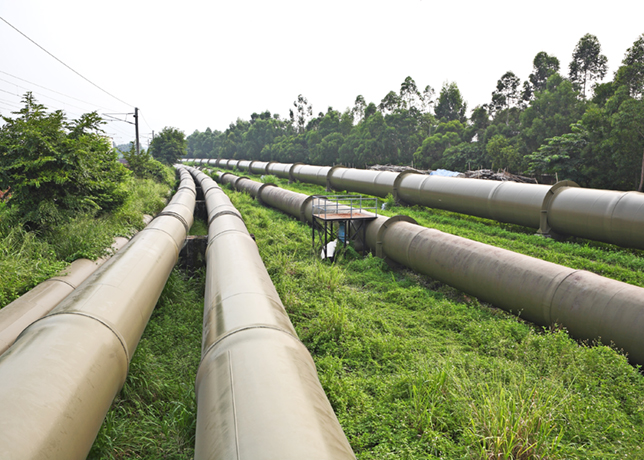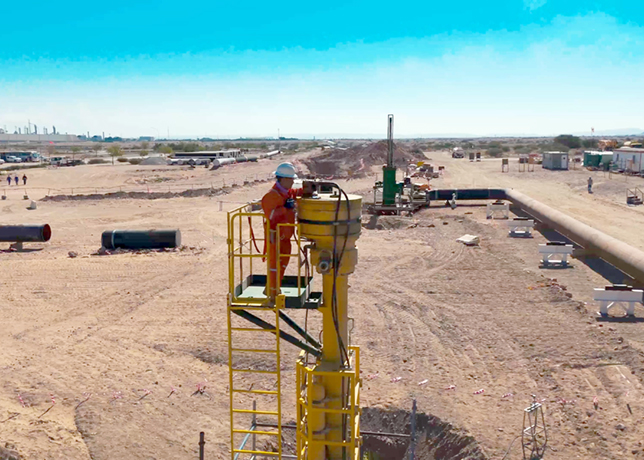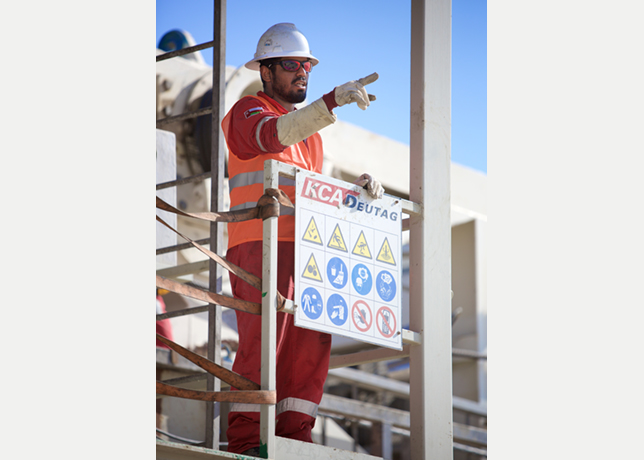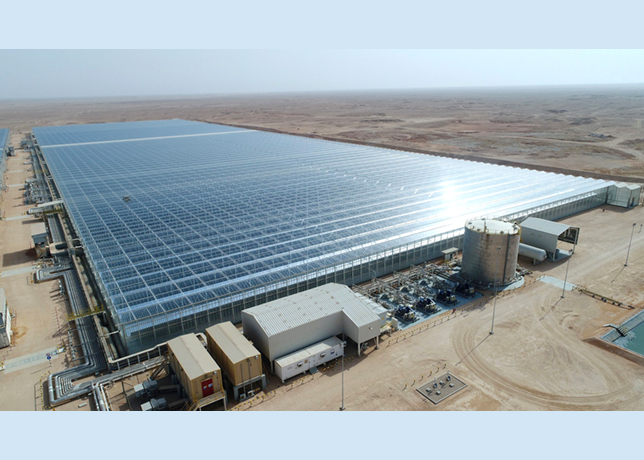
 Seismic data suggest Saudi reserves still strong
Seismic data suggest Saudi reserves still strong
Saudi Arabia could sustain daily crude-oil production of 10 million, 12 million or 15 million barrels a day through 2054 and beyond, two representatives of Saudi Aramco have confirmed.
“We have the potential to add more oil than anyone else, and we can do that at a lower cost” than anyone else, said Mahmoud Abdul Baqi, vice president for exploration at Saudi Aramco. “We have done that for 70 years, and we will continue to do that for another 70 years at least,” he said.
Abdul Baqi and his colleague, Nansen Saleri, who oversees Aramco’s reservoir management activities, said this could be done without relying on foreign investment by tapping Aramco’s own finances. The pair also tried to dampen fears that Saudi Arabia’s reserves are running out of steam.
But Saleri said Aramco has no imminent need or desire to shift production into a higher gear. He suggested the company is producing according to plan and that reserves aren’t running thin.
The two were speaking at a conference organized by the Center for Strategic and International Studies, disputing statements by banker and analyst Matthew Simmons that Saudi Arabia’s production capabilities may not be as robust as claimed.
Simmons, who runs a specialised energy investment banking firm that bears his name, decried the lack of reliable data and said technology may actually be accelerating the decline in oil production.
“Many companies believe that technology is a miracle drug, but it doesn’t create the fountain of youth,” he said.
Simmons has cast doubt on Saudi Arabia’s ability to continue to swing production in future to cushion supply shocks. He said the kingdom may face a severe production decline in the next five to 10 years, adding geologic risk to market worries about Saudi Arabia’s geopolitical risk.
Aramco’s Saleri disagreed with Simmons and said much of Simmons’ data was flawed. He criticised Simmons for spreading fear within government and industry circles and said Simmons’ “terrible” data was “flat out wrong.”
The Aramco executives said that there wasn’t a strategic plan on the drawing board at the moment to sharply ramp up production capacity.
“The company doesn’t have a culture of going from 10 million barrels a day to 15 million barrels a day,” Abdul Baqi said.
“If we were to do something like this, it would be in a very methodical, phased fashion to get the full benefit of optimization,” he said.
“We have a culture of doing things slowly at Aramco,” Saleri added. “Over the long term, you recover more oil and gas at a lower cost this way.”
He also said any boost in capacity would have to come from a “strategic imperative” from within the company which hasn’t yet materialised.
Saleri said he’s “very comfortable” with Aramco’s reserve projections and said he’s “confident” these reserves can be maintained for at least half a century.
Aramco projects volumes of “oil initially in place” to reach 900 billion barrels by 2025. That includes 700 billion barrels of already discovered oil and 200 billion undiscovered barrels.
Saudi Arabia currently produces about 8.5 million barrels a day of oil, more than 10 per cent of the world’s total, according to independent estimates. More important, the kingdom holds virtually all of the world’s spare production capacity - output that could be brought on line quickly to cover supply disruptions.
As for average production costs, Saleri said Aramco pays 70 cents in exploration and production costs per barrel and $1.80 in total costs. He said he expects this amount to stay fairly constant going forward, and he doesn’t believe rising technological and diagnostic costs will sharply alter these amounts.
If it did, it would be a “worst-case” scenario, with just a “moderate” increase in costs some “10 to 15 years down the line,” he said.
While Simmons contends that many in the oil industry have relied too heavily on technological improvements and seismic data, Saleri believes there are “significant beneficial” results from using technology in the oil patch that produce more finds at lower prices.
But he conceded that if technology isn’t properly applied, “It does work against you.”
Calls for Aramco to supply more data to the market - like those from North Sea producers - were largely dismissed by Abdul Baqi.
“There’s been a conscious decision to share and open up more, but what do you share?” he asked. “I can’t promise that we will give out production numbers, but we’re going in that direction.”
He said transparency in Aramco affairs is far greater than in the past. But he said any decision to afford more insight into what the country is producing will be taken by Aramco based on competitive market practices.
Saleri said Aramco feared releasing too much data would put it at a competitive disadvantage with other oil majors.
Among the data released, Aramco said the total Saudi reserves depletion rate is 28 per cent as of 2003.
That isn’t including two giant shut-in fields, Manifa and Khurais, which contain combined reserves of 41 billion barrels. These fields would be developed and placed on-stream in line with Aramco’s “imperatives” - if there were more demand for oil.
Ghawar, the largest oil field in the world, in Saudi Arabia’s Eastern Province has depleted about 48 per cent of its reserves. Since coming on stream in 1951, Ghawar has produced some 55 billion barrels.
Shaybah, in the Empty Quarter - another region of Saudi Arabia - whose production is expected to plateau in 50 years, has been depleted by just 1 per cent and is producing at 500,000 bpd. Aramco said it would boost production capacity to 1 million bpd or higher if need be at Shaybah.
Overall, Aramco said it has so far developed 131 billion barrels of its proved reserves, or about 50 per cent of its 260 billion barrels.
Global high
With the announcement from the Opec that it would go ahead with its planned oil production cuts of one million barrels a day, oil prices may be rising further in the coming months. Saudi Arabia, with the world’s largest oil reserves, is the country which is most able to quickly adjust its production levels, and is reportedly behind the push to cut production, even over the protests of staunch ally US President George Bush.
Crude oil prices are already at their highest level since 1991, during the first Iraq war, and gasoline prices in the US are higher than they have ever been. The relation between the global economy and oil supplies is direct and obvious, but as yet there are no alarms being sounded.
Saudi oil ministry spokesmen are assuring that they will not allow shortages. In the US, crude oil prices have actually fallen slightly since the announcement was made.
The main reasons given for the higher prices are the weakening value of the US dollar and the rising oil demand in the developing world, especially China. Opec sells its oil for dollars, but its member-states purchase much of their imports from the European Union.
However, there may be another, more basic reason underlying the move led by the Saudis to cut production. Saudi oil experts have recently revealed that their oil fields will be unable to meet projected increasing demands in the future. In fact, the yield of mature oil fields has lately been declining about eight per cent yearly.
There is still plenty of oil in the ground, but it is increasingly difficult, and expensive, to extract. In light of this, Saudi Arabia’s more aggressive stance of late aimed at keeping prices high is quite understandable.
More and more experts, even some working for oil companies, are saying that in the foreseeable future, ten to forty years perhaps, oil supplies will not be able to meet demands. Major fields are running dry, or as in Saudi Arabia, becoming less productive. Previously undeveloped and newly discovered fields, many in pristine areas, will not be able to postpone the crisis for long. There is no doubt about the effect this will have on the global economy if we are not prepared.
Saudi Arabia’s top oil production official rejected claims that mismanagement of the kingdom’s giant reserves was reducing the amount they produced, saying the country’s oilfields were run “like a Swiss watch.”
Saudi Aramco Executive Vice President Sadad Husseini was responding to an article, which quoted a former Aramco official as saying output at Saudi Arabia’s giant Ghawar oilfield could fall away because of past overproduction.
“There is nothing wrong with the oilfields. They are managed with a standard of excellence unmatched in the industry,” Husseini,” said.














